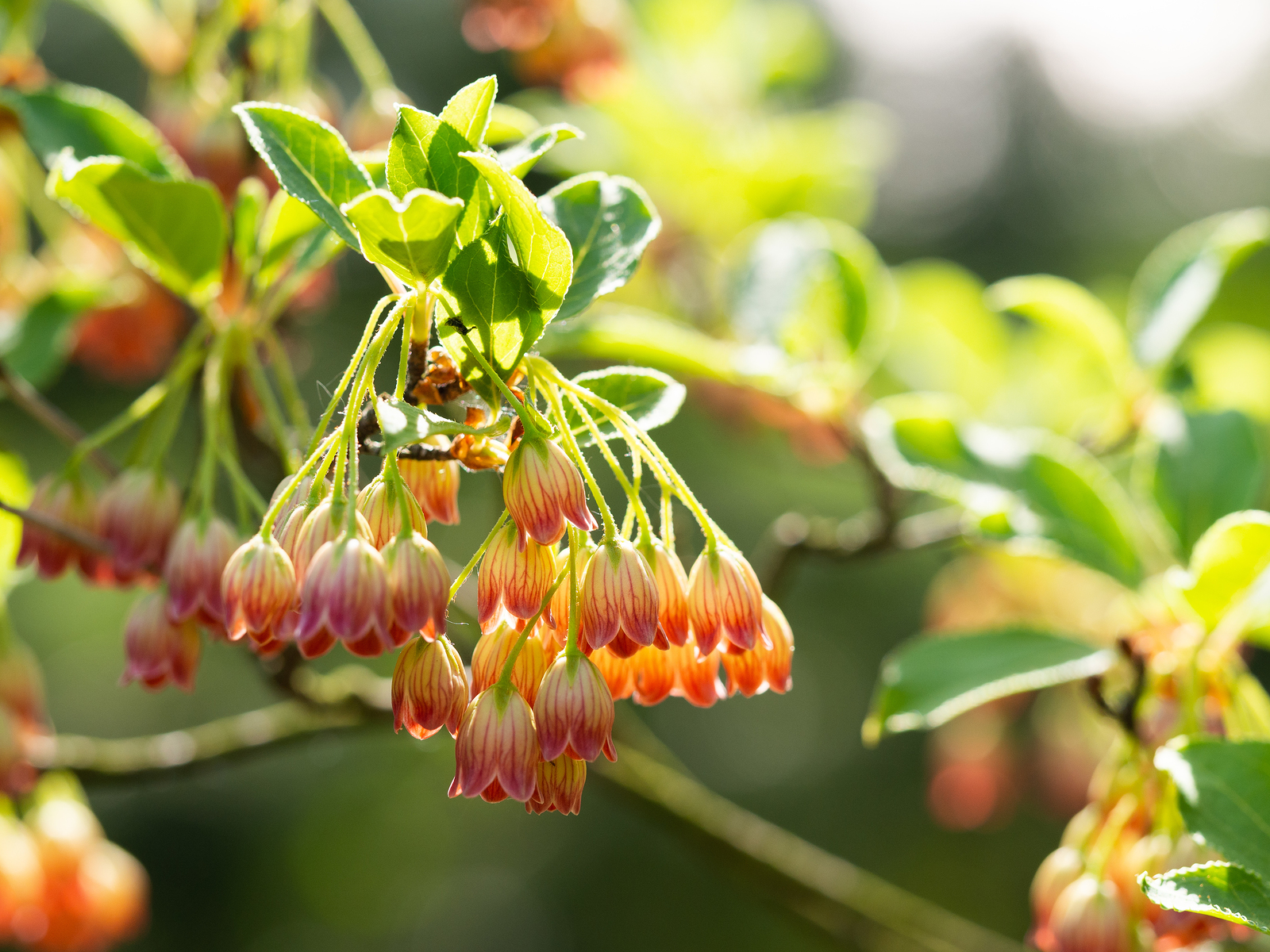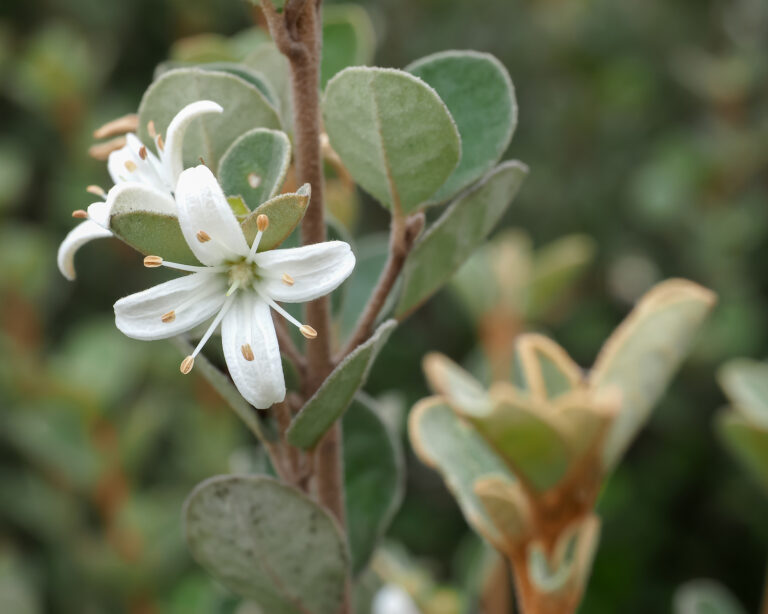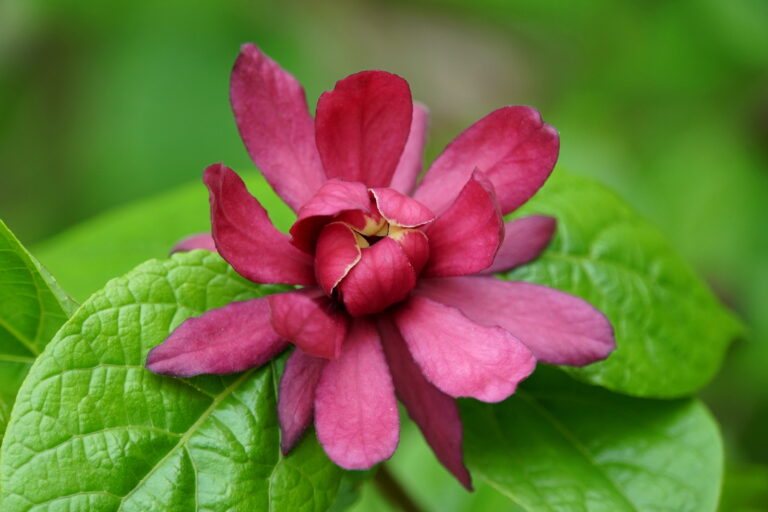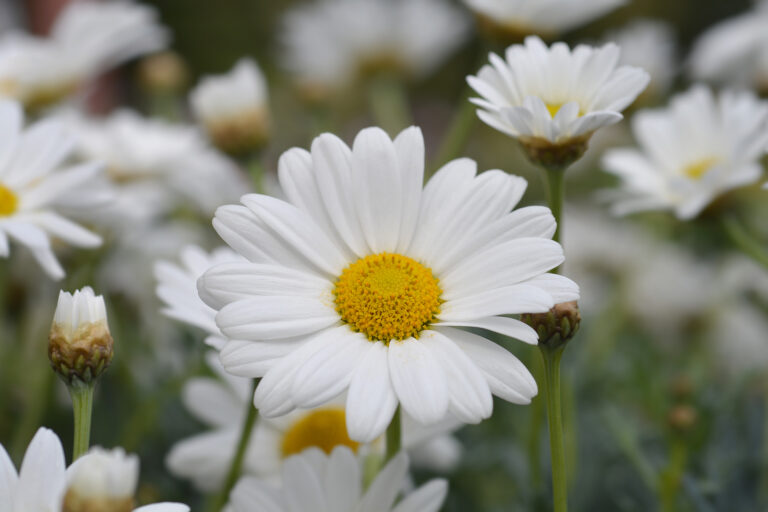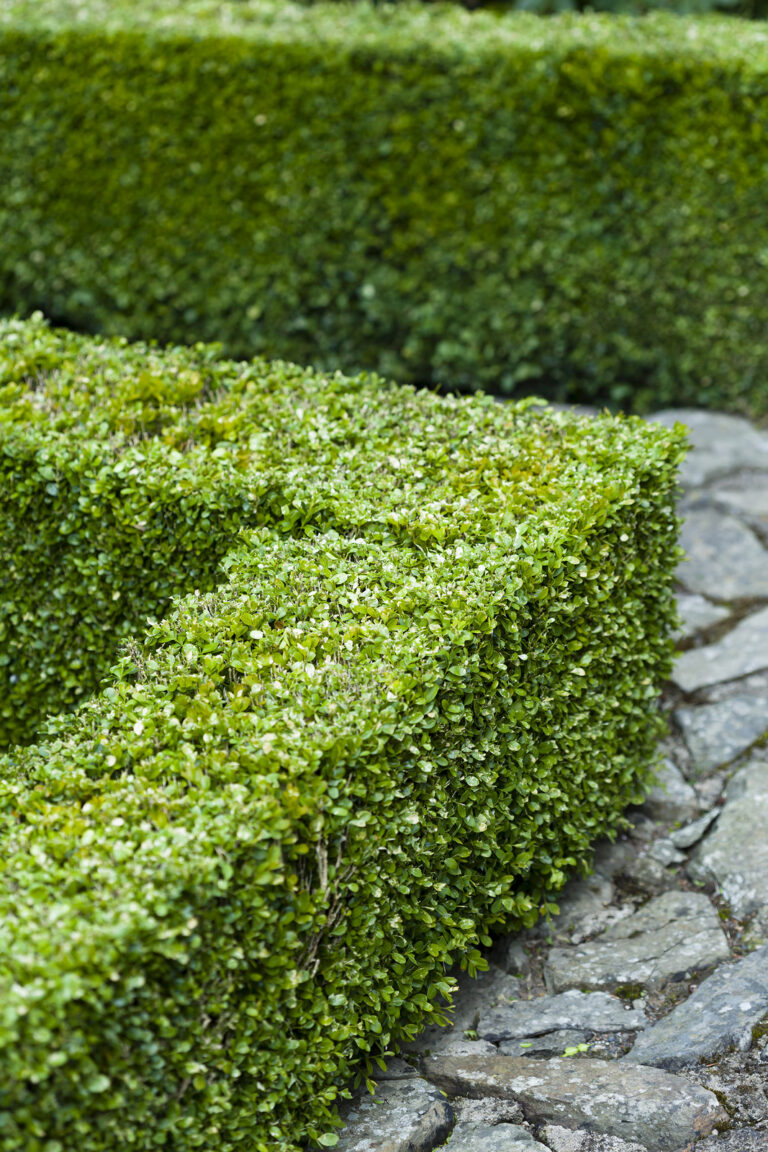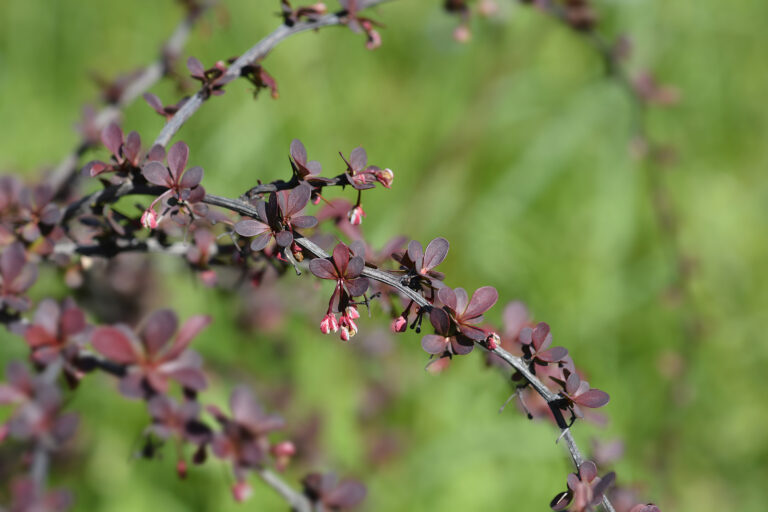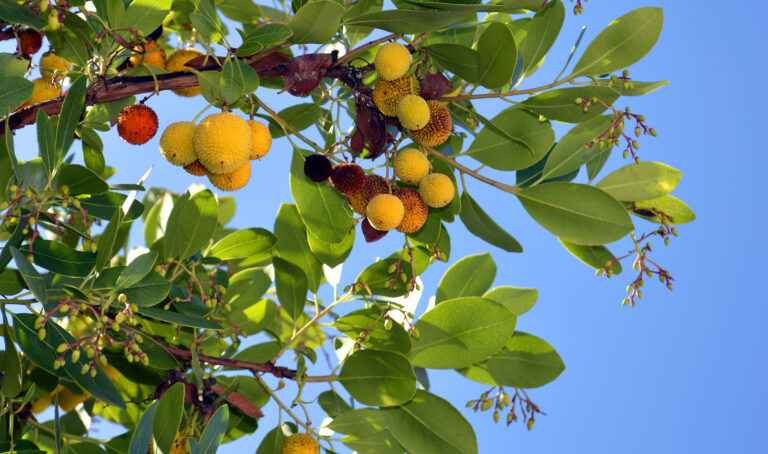How to Grow Enkianthus
Enkianthus is a medium to large deciduous shrub grown for its clusters of bell-shaped flowers and fall color. The creamy-white, red-veined, urn-shaped flowers appear in terminal umbels from mid-spring to early summer. The lance-shaped leaves turn from green to various shades of orange and red in autumn.
Enkianthus grows best in an open location. Plant it where the spring and summer flowers and fall foliage can be enjoyed up close. The silhouette of Enkianthus bare stems can be enjoyed if set against an evergreen background.
Enkianthus grows best in humus-rich, acid soil in full sun or partial shade. It has most of the same requirements needed to grow rhododendrons or azaleas.
The Enkianthus genus contains about 10 species of primarily deciduous shrubs and trees.
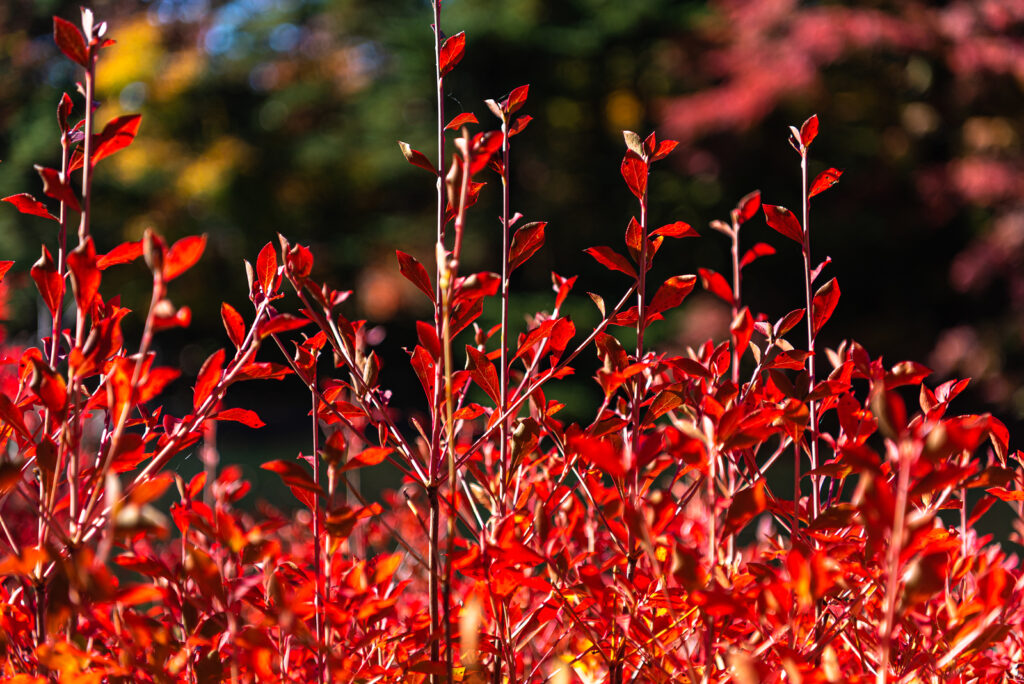
Get to know Enkianthus
- Plant type: Deciduous shrub
- Growing zones and range: Zones 5 to 8
- Hardiness: Hardy to Zone 5
- Height and width: 6 to 8 feet (2-2.5m) tall–in milder climates it may reach 20 feet (6m) in 20 years; grows 12 to 15 feet (4-5m) wide.
- Foliage: Stems are upright, with tiers of nearly horizontal branches; narrow habit in youth, broad habit with age; blueish-green leaves, 1.5 to 3 inches (3-8cm) long and whorled or crowded at branch ends, turns brilliant yellow to orange and red in autumn.
- Flowers: Umbels of tiny, bell-shaped, creamy yellow, red, or white flowers.
- Bloom time: Midspring to early summer.
- Uses: Ideal for open areas and woodland gardens.
- Garden companions: Underplant with purple heart-leaved bergenia (Bergenia cordifolia ‘Purpurea’).
- Common name: Enkianthus
- Botanical name: Enkianthus
- Family name: Ericaceae
- Origin: East Asia, Japan
Where to plant Enkianthus
- Plant Enkianthus in full sun or light shade.
- Plant Enkianthus in moist, well-drained, acidic soil; add plenty of organic matter such as aged compost, peat moss, or ground bark to the planting area.
- Plant Enkianthus in a location where its silhouette and fall color can be enjoyed close up.
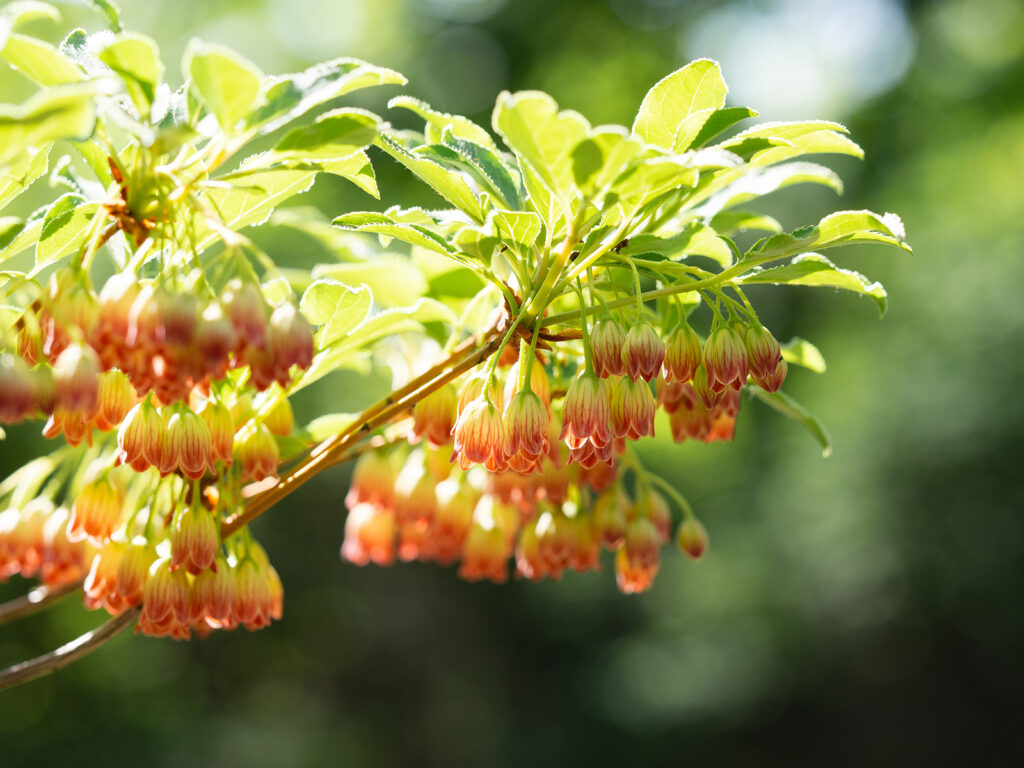
When to plant Enkianthus
- Set container-grown plants in the garden in spring or autumn.
- Sow seeds in late winter or early spring.
Planting and spacing Enkianthus
- Space Enkianthus 12 to 15 feet (4-5m) wide.
- Amend planting hole with plenty of aged compost or commercial organic planting mix.
How to water and feed Enkianthus
- Enkianthus appreciates ample water; avoid letting the soil dry out.
- Feed Enkianthus in spring with an all-purpose, organic fertilizer.
How to care for Enkianthus
- Prune Enkianthus only to remove dead or broken branches.
- Enkianthus produces flowers on the previous year’s growth, so in spring prune only to remove dead or broken branches.
Enkianthus pests and diseases
- Enkianthus is seldom affected by disease.
- Enkianthus has few garden pests.
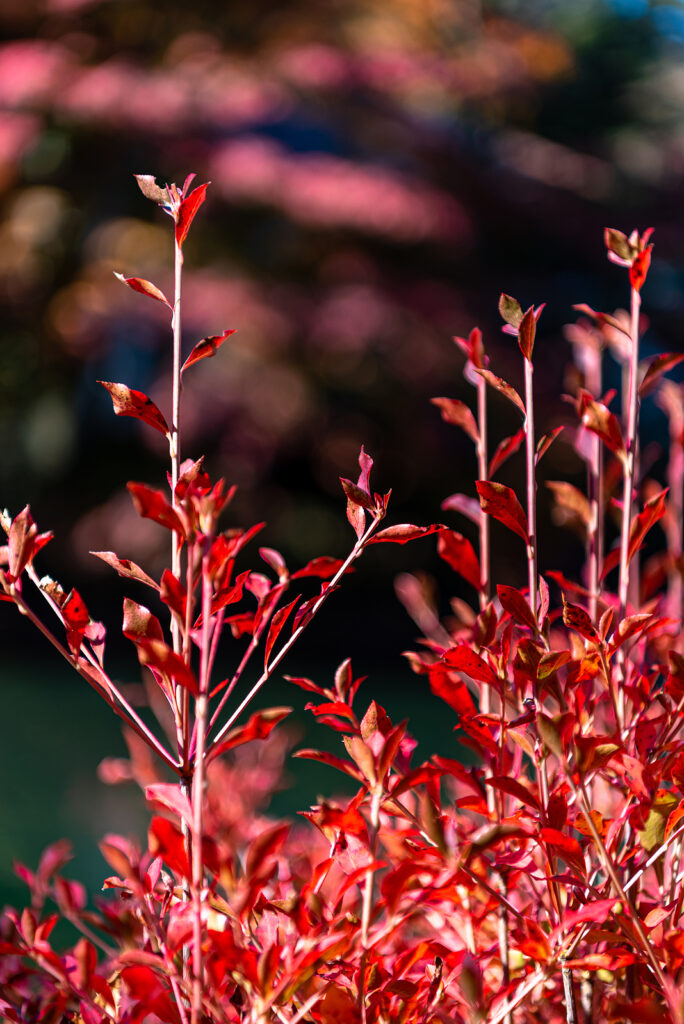
Enkianthus propagation
- Take semi-hardwood cuttings of Enkianthus in summer.
- Layer Enkanthus in autumn.
- Sow seed in late winter or early spring in a cold frame.
Enkianthus varieties to grow
- Enkianthus campanuslatus, Redvein enkianthus, grows to 15 feet (4.5m) tall and wide; has red-veined yellow flowers; cultivar ‘Red Bells’ has creamy yellow blossoms with red tips and veins; the form albiforus has white flowers. Zones 5 to 8.
- E. cernus var rubens grows to 8 feet tall; leaves have a purple tinge in summer and turn purple-red in autumn; flowers are reddish-purple.
- E. perculatus, with white urn-shaped flowers, has bright red foliage in fall.; grows to 6 feet (2m) tall; best in Zones 6 to 8.

